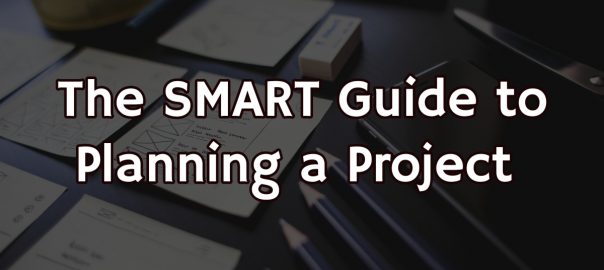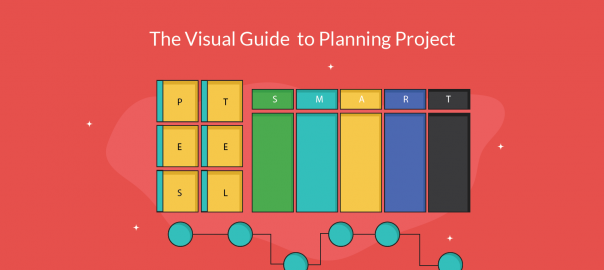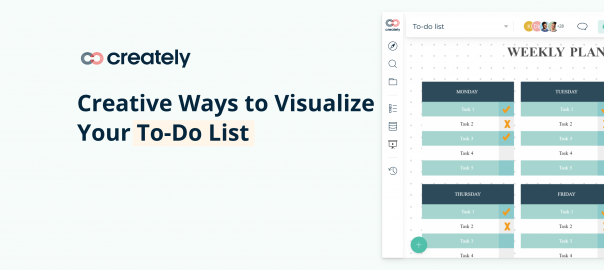Keeping your project on track from beginning to end while preventing the misuse of resources, time and money depends on how well you manage the project lifecycle phases.
Now, based on the type of project and its requirements, the number of phases of project management lifecycle may change; but in this post we will discuss all five of them and the steps you should follow during each.
What is Project Life Cycle?
The project life cycle is a process that project managers follow through when completing a project. It includes a sequence of phases that a project goes through from its initiation to closure.
What are the Five Stages of the Project Life Cycle?
Breaking down projects into several stages actually makes it easier to manage and control it, and work on improving its quality.
Project Initiation
The first phase of initiation will lay the foundation for the next few stages of project management. This is where you will define the project at a broad level.
Here you will,
- Evaluate the value and the feasibility of the project in order to decide whether to move forward with it. During the feasibility study you will look into whether you can meet the project requirements with the available resources and develop a business case.
- Identify the stakeholders of the project. Here you will conduct a stakeholder analysis using a stakeholder analysis template to identify them and their needs and prioritize them based on their influence.
- Identify the deliverables of the project. You can use milestones to break complex deliverables into smaller parts, so it’s easier to track.
- Define the purpose and requirements (such as the resources, budget and time needed) of the project. Create a project charter or project initiation document including this information. It should also list down the business needs, objectives, stakeholders and project risks.
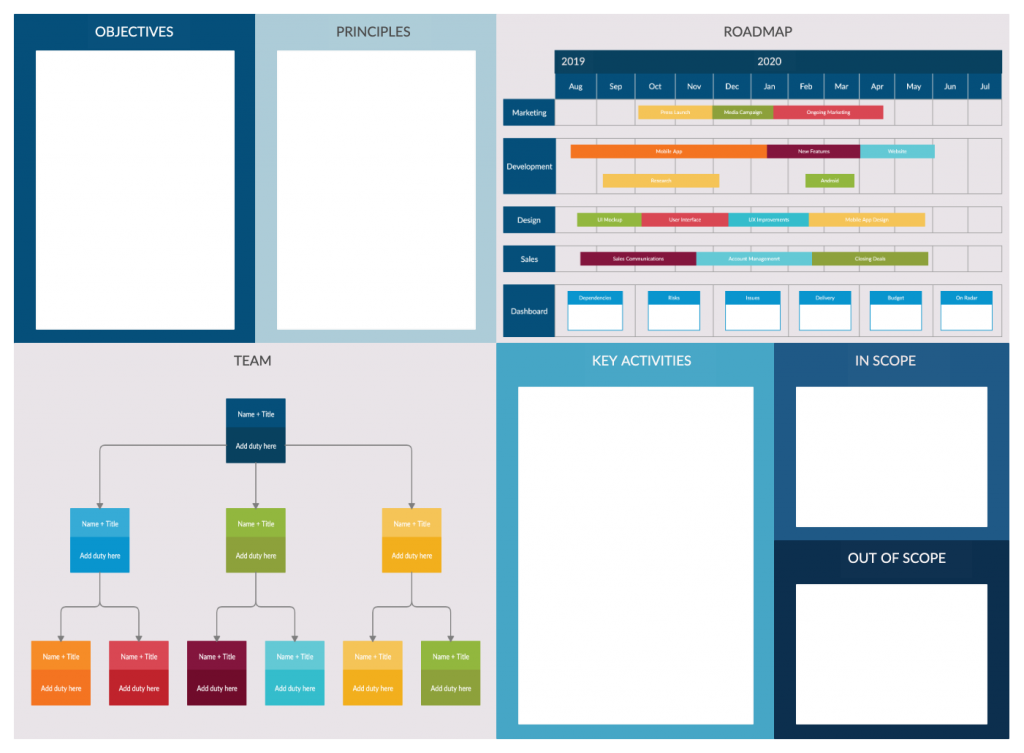
Useful Resources
The Easy Guide to Stakeholder Management
9 Visual Tools to Gather Requirements for Your Software
Project Planning
In the planning phase of the project management life cycle, you will work out a strategy for performing the project steps or in other words determine what exactly needs to be done to achieve the goals you have defined earlier.
Here you will,
- Start with clearly defining the goals of the project and the project scope. You can use the SMART criteria which guides you to set goals that are specific, measurable, attainable, realistic and timely.
- Layout what needs to be done and create a work breakdown structure that will help you break down the project into manageable tasks based on project deliverables.
- Creating milestone charts or Gantt charts where you can display the key milestones and product roadmaps outlining the project timeline and the project milestones for the team
Project schedule template
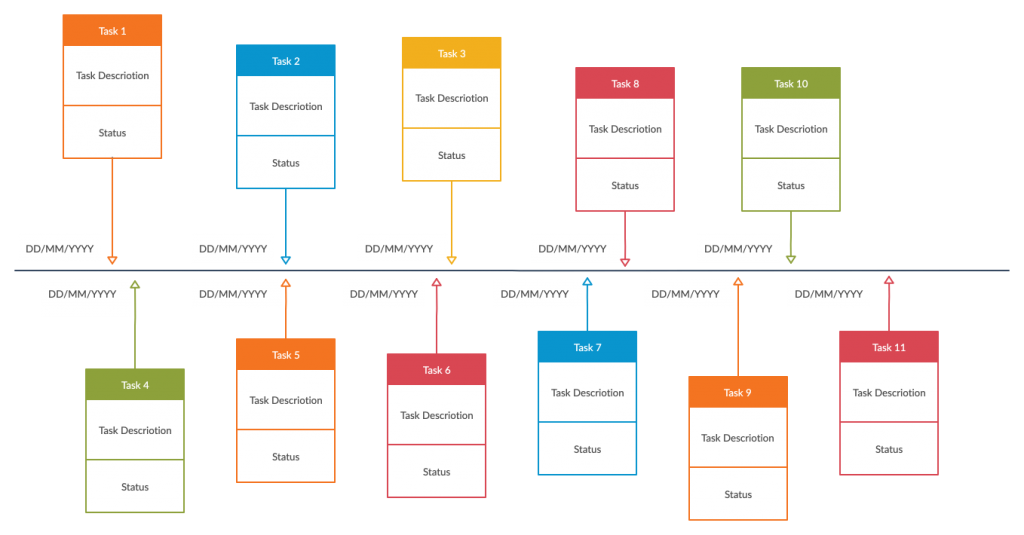
Product roadmap template
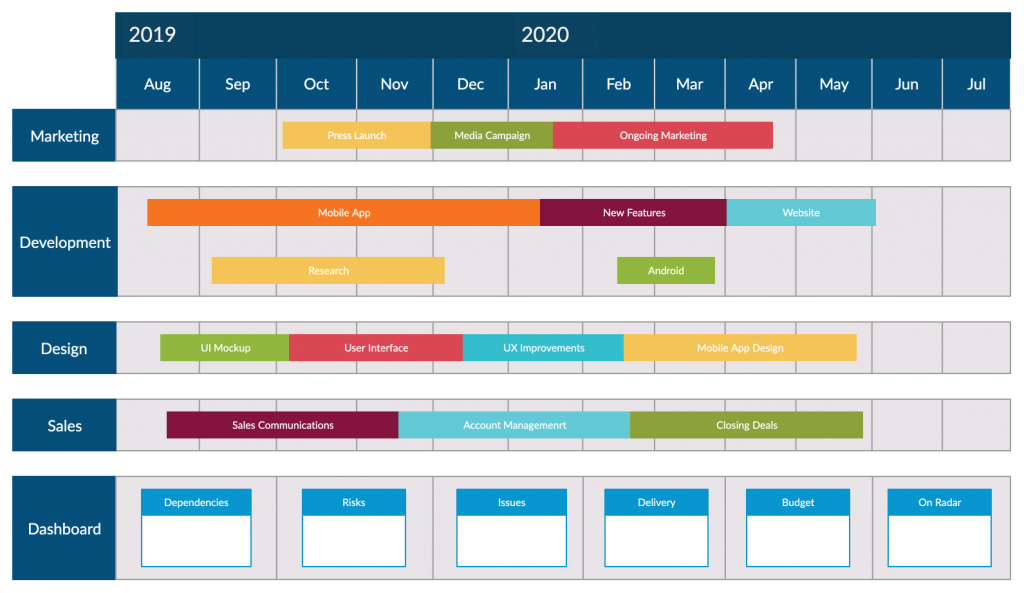
- Estimate and allocate the necessary resources and put together a competent team and clarify their roles and responsibilities.
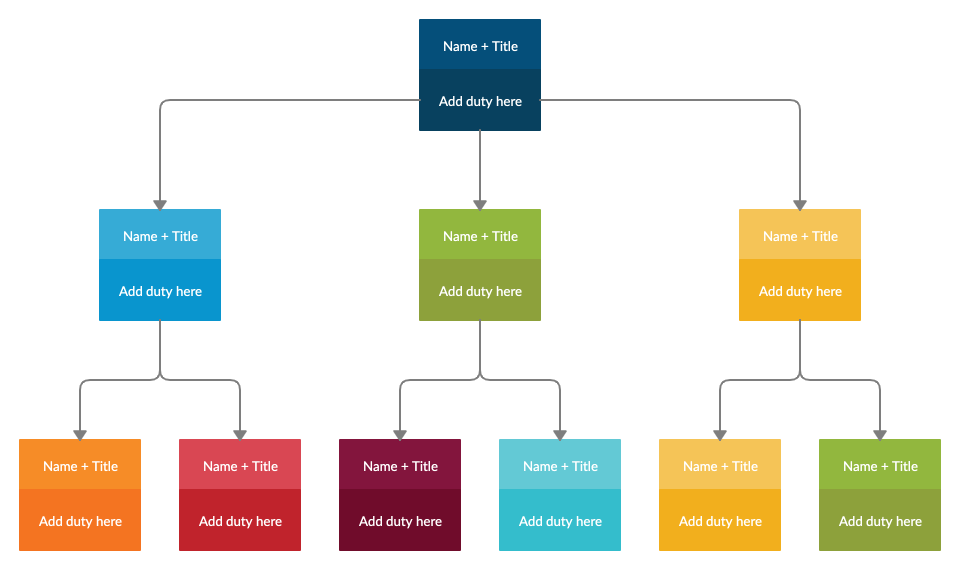
- Create a risk management plan by identifying the potential risks that could hinder the progress of the project and outlining the steps you need to take to mitigate them.
- Create a communications plan specifying your communications strategy for stakeholders.
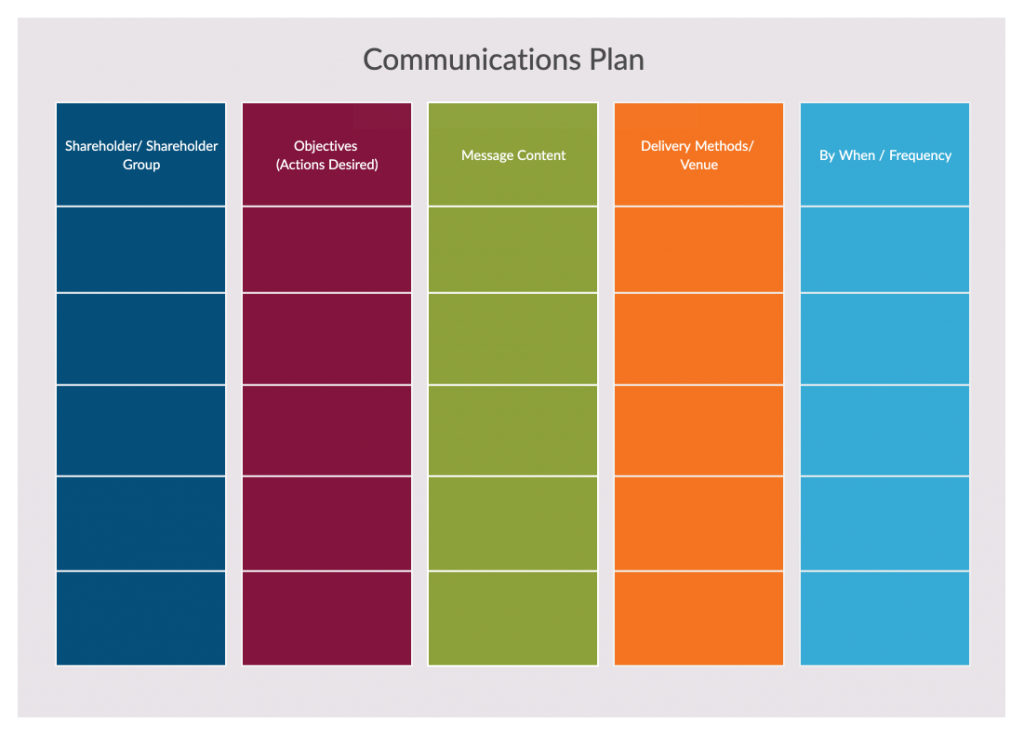
- Do a cost analysis to make sure that everything fits within your budget. And establish performance measures based on project scope, cost and schedule to assess progress and ensure that the project will stay on track.
Useful Resources;
The Visual Guide to Planning a Project
The Ultimate List of Visual Risk Management Techniques
The Easy Guide to Creating an Effective Communications Plan
Using Gantt Charts and Flowcharts in Project Planning
Project Execution
In the execution phases you implement what you have planned. The job of the project manager here is to keep an eye out for errors and supervise the team while making sure that everyone sticks to the original plan.
- Create workflow diagrams or process maps that outline the steps the team/ individual needs to take to complete each milestone and procuring the resources that are required.
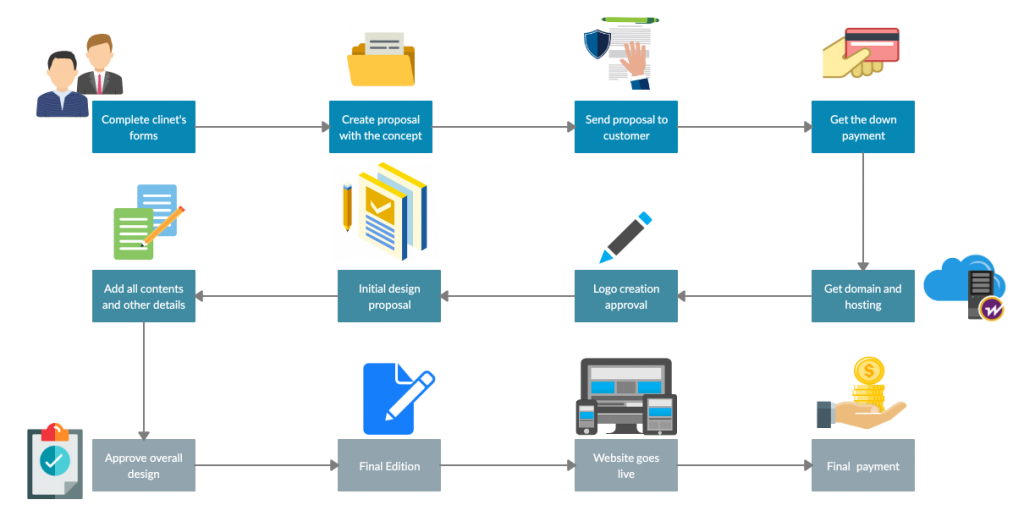
- Hold a project kickoff meeting where you can run through the workflow diagrams, milestone charts, work breakdown structures etc. that you have created with your team. Help them understand what exactly is expected of them.
- Communicate project updates to stakeholders and hold status meetings as necessary
- Track progress and update project schedules and make changes to project plans as required
Useful Resources;
The Easy Guide to Workflows | With Editable Workflow Templates
Project Monitoring
This phase requires the project manager to monitor the project performance and communicating the status to stakeholders.
You can use Key Performance Indicators (KPIs) such as sticking to the timeline, keeping the budget under control, successfully delivering project outcomes etc. to measure the progress.
As needed, come up with ways to optimize the performance and make changes to the project management plan to make sure it brings out the best performance.
Project Closure
This phase marks the closure of the project when the final outcome is delivered. You can leverage the lesson learnt to optimize the project processes and team efforts during future projects.
Here you will,
- Release the resources that were used for the project and allocate them including what is remaining of the budget for future projects.
- Assess the success of the project and share the reports with the stakeholders. Identify what worked and what didn’t and properly document the information for future reference.
- Evaluate how the team has performed and brief them on where they need to improve and recognize them for their success.
- Formally terminate any contractors who were hired for the project.
- Together with the team create a plan to finish the tasks that were not completed during the project
The end of the project life cycle can be marked with a closing meeting or a party to celebrate the success and congratulate the team.
What’s Your Project Management Strategy?
Every project, big or small, simple or complex goes through these few phases. It’s the job of the project manager to have a solid project lifecycle management strategy in place to keep everything on track.
What’s your strategy? Do share your experience with us in the comment section below.



